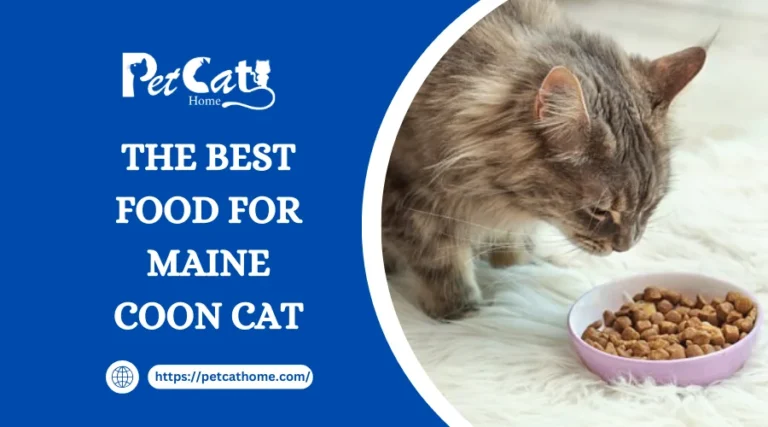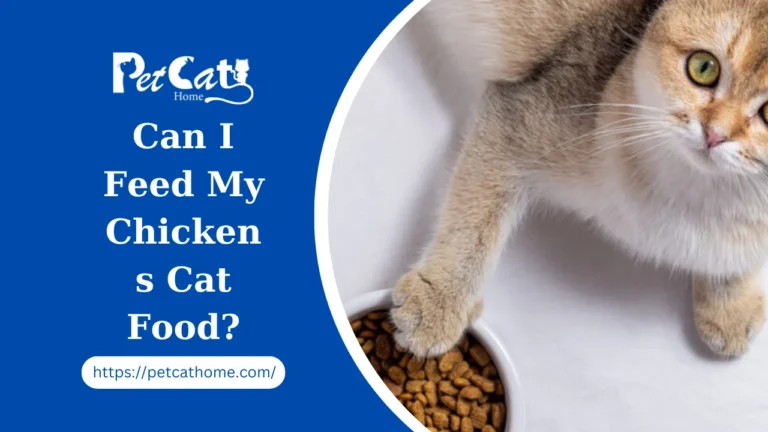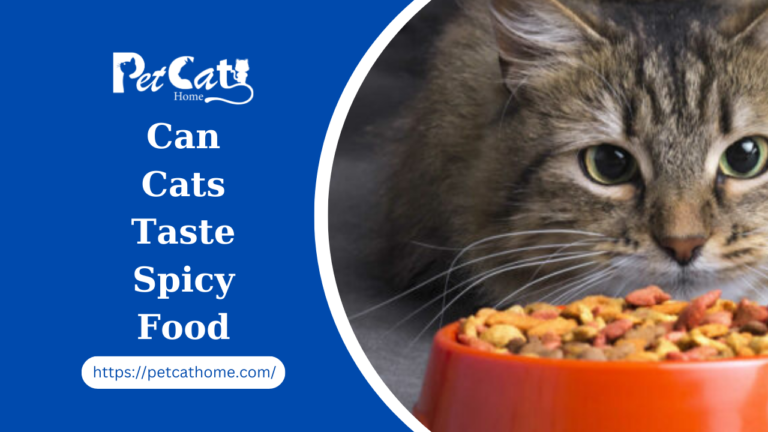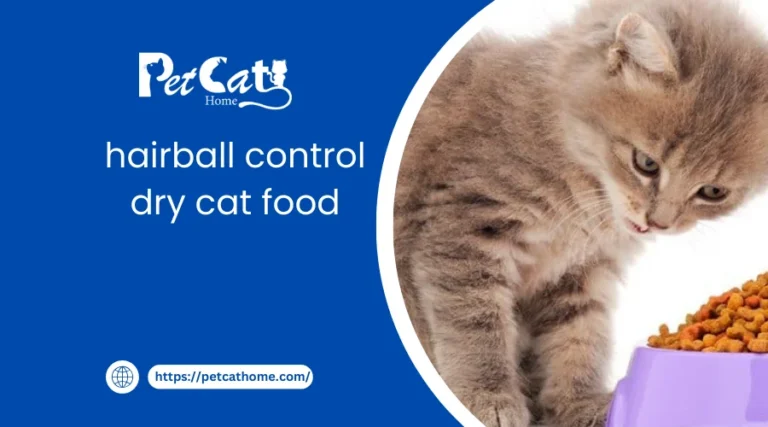How to Make Healthy Cat Food

Providing our feline pals with the best nourishment possible is crucial when it comes to pet care. As responsible pet parents, we know how important it is to feed our cats healthy, balanced meals to promote their longevity and general well-being. We explore the complexities of making nutritious cat food in this guide, providing advice, ideas, and recipes to help you maintain the best possible health for your cherished feline friends.
Understanding the Nutritional Needs of Cats
Understanding the unique dietary needs of these carnivorous animals is essential before starting the process of making homemade cat food. Due to their particular nutritional requirements, cats need to eat a diet high in protein, vital fatty acids, vitamins, plus minerals. Maintaining muscular mass and general health need protein, which is mostly found in meat. Furthermore, for healthy heart and vision, cats need taurine, a type of amino acid that is only present in animal tissue.
Selecting Ingredients for Homemade Cat Food
The components chosen are crucial when making homemade cat chow. Choose ingredients that are pure, unprocessed, and devoid of artificial flavors, additives, and preservatives. Fish, poultry, beef, and other high-quality protein sources should be the main components of your cat’s diet. Carrots, spinach, and peas are examples of nutrient-rich vegetables that go well with protein sources since they are high in vitamins and fibre.
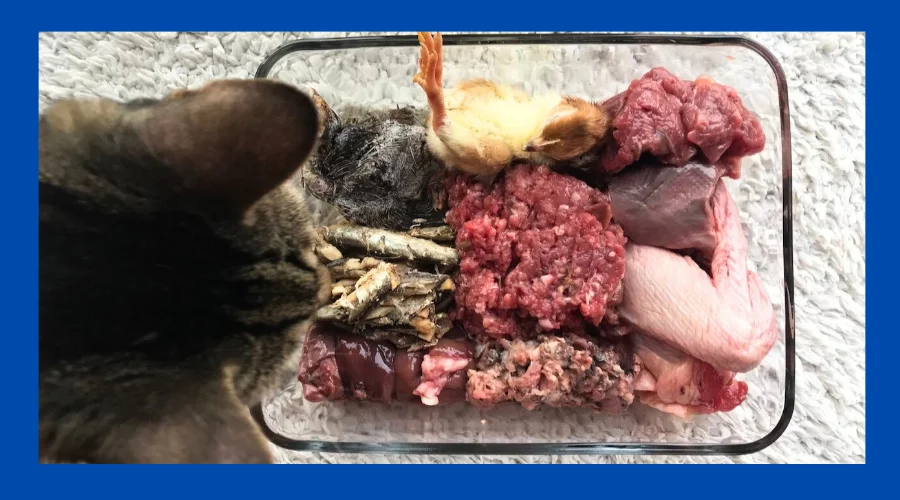
Homemade Cat Food Recipes
Recipe 1: Chicken and Rice Delight
Ingredients:
- 1/2 cup of peas
- 1 tablespoon of olive oil
- 1/2 cup of carrots, diced
- 1 cup of cooked brown rice
- 1 pound of boneless, skinless chicken breast
Instructions:
- Start by boiling the chicken thigh until it’s done and its core is no longer pink.
- Cut the chicken into tiny, bite-sized pieces once it has cooked.
- Boil the brown rice in a different pot as directed on the package.
- Heat a tablespoon of olive oil in a skillet over a medium-high flame and gently sauté the peas and chopped carrots until they become soft.
- Brown rice, sautéed veggies, and cooked chicken should all be combined in a sizable mixing basin.
- To make sure all the ingredients are dispersed evenly, thoroughly mix.
- Before giving your cat a serving, let the mixture cool.
Recipe 2: Fishy Feast
Ingredients:
- 1 egg (lightly beaten)
- 1/2 cup of cooked quinoa
- 1/4 cup of chopped parsley
- 1 tablespoon of flaxseed oil
- 1 can of tuna or salmon in water (drained)
Instructions:
- Drained salmon or tuna, cooked quinoa, minced parsley, the yolk oil from flaxseed, and beaten egg should all be combined in a mixing bowl.
- Until all components are well incorporated, mix well.
- Shape the mixture into tiny balls or patties.
- Arrange the patties onto a parchment paper-lined baking sheet.
- Bake for fifteen to twenty minutes, or until cooked through and golden brown, in a 350°F preheated oven.
- When giving the salmon treats to your cat, let them cool.
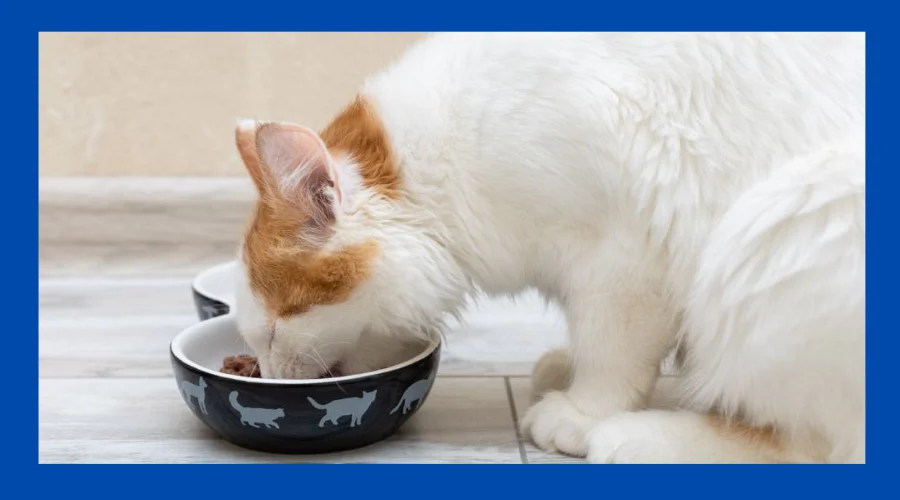
How to make cat food + healthy DIY recipes
You may simply learn how to create cat food at home with the help of these recipes for healthy homemade cat food.
If you prepare meals properly and have a strategy and a thorough recipe, you can create your very own cat meals at home.
Additionally, homemade kitten food is less expensive than commercially prepared food. Simply being able to put it up takes a little longer.
However, whatever you need to start preparing cat food at home is covered in this article.
How to make cat food:
- Schedule the time to prepare your cat’s meal.
- Select a comprehensive recipe for homemade cat food.
- Purchase meal prep supplies and ingredients for cat food recipes.
- Prepare a portion of homemade cat chow for your cat and give it to them as directed.
1. Plan when you will make your cat’s food
Making a well-thought-out plan will keep you organised and avoid overwhelm.
This approach will also assist you in making a smooth transition to new cat food.
Your plan to make your cat food:
- Select a full recipe.
- Determine how much your cat should be fed. Purchase supplies and ingredients.
- Prepare the feline meal.
- Food should be portioned and stored properly.
- Make the appropriate shift to homemade food
We have to select whole recipes according to the stage of life of each unique cat. This will guarantee that our kitties receive the nourishment they need.
The amount of food your cat should be fed is dependent on them and the recipe you select. For cats to maintain a healthy, optimum weight, they must consume as much as is necessary. Purchasing cat food components is quite simple. The ingredients for most recipes, including mine below, may be found at your neighborhood grocery shop or farm. You will need to purchase vitamins online, though.
It will take more time for the initial few times to prepare and portion the cat food. However, once you get into a decent habit, it will go faster.
The longest transition will be to new food. Cats are highly responsive to dietary changes. Additionally, a lot of cats are finicky and reluctant to try new meals.
According to my cat’s food transition plan, depending on the number of plates you feed each day, new foods are introduced very gradually within 40–60 days.
2. Choose a complete homemade cat food recipe
A comprehensive recipe for homemade cat food is necessary. We aim to guarantee that our kitties get the everyday nourishment they require. Online, you can find free recipes and premixes. For novices, these can be a simple place to start.
But the majority of them lack variation in their protein sources and many do not give a nutritional analysis.
There are other free recipes available online that call for more plant-based foods or an excessive number of synthetic supplements.
Ultimately, we ought to serve a range of meals that promote full, fresh foods.
Because wild cats need to eat five to seven distinct proteins to make up their diet, it is important to have a variety of proteins in their diet
Additionally, variety can help avoid finicky eating and boredom.
Check out my recipe for raw meaty bones using chicken, and turkeys with beef. You can get the ingredients for it from the grocery store. plus four whole food supplements (which make up a mere 0.38% of the recipe).
3. Buy cat food recipe ingredients and meal prep supplies
The recipe you select should specify the precise amount of each item.
Where to buy cat food ingredients:
- Online
- Grocery store
- Local meat co-op
- Local farm or farmers’ market
Ideally, everyone would be in favor of small, family farms in the area.
However, beef from the grocery store is still far superior to highly processed dried and canned foods.
Inputs can also be ordered online. Although the delivery will cost more, this is a simple way to buy ingredients in bulk.
My favorite online meat suppliers:
White Oak Pastures: Human-consumed farm meats that are regenerative. For your pet and yourself, stock up! For $20 for your order of $150 or more, use the code JESSCATICLES. When you purchase more than $250, shipping is free. Use my partner code to receive my 9-recipe package for free. Please let me know by completing this Google Form so I can send you my recipe bundle.
USDA and FDA-inspected raw dog food supplier is Hare Today. A wide range of cuts and more than 19 distinct proteins. Register to receive points for discounts on purchases.
One more top-notch source of raw pet food is Raw Feeding Miami. My first choice for all quail. Get ten percent off your first buy when you use my link. They run a rewards system as well.
Purchasing the precise vitamins that are called for in your cat food mix is vital. Do not guess or mix and match, please
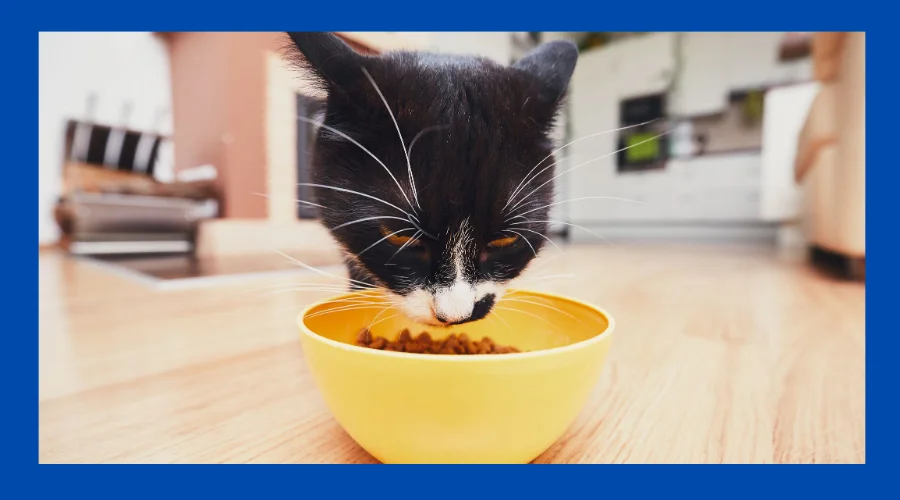
4. Make your cat’s homemade food
Establishing a regular meal prep schedule for your cat will require some time. To see all of my advice, watch the video below. It may require longer to defrost larger quantities of raw food, so make plans appropriately.
Everything can be thawed in a container filled with cold water or in the refrigerator.
Depending on how much food for cats you want to make, weigh out each item according to the formula.
At lunch, we should ideally feed nutrients that have been kept fresh. Alternatively, thoroughly incorporate them into the food mixture to ensure uniform distribution.
Producing food for cats is no different from producing food for humans. Acquire the necessary components, adhere to the recipe, tidy, and store the meal correctly.
5. Portion and feed homemade cat food properly
How much food your cat eats each day will determine how much to portion it out.
It’s also crucial to introduce the new cuisine very gradually.
First occasion you portion it out, you will need to mix your cat’s new homemade food thoroughly with their existing food.
Every day, progressively reduce the amount of food that is currently being fed and boost the amount of fresh food.
My pet food transition strategy involves introducing new meals gradually, based on what my cats respond to the best.
Once your furry friend is used to homemade food, you can dole it to it at regular intervals.
See precisely the way I thaw as well as serve cold cat food by watching the video below.
I prefer to portion out enough food for one day in each container. When it’s thawed, I divide it into two bowls so that it may be easily served across two meals.
Never let food out to get to room temperature, and never thaw raw food in the microwave.
Raw food should be refrigerated for approximately 24 hours preceding to use.
Alternately, leave it in the tightly sealed container and soak it in a bath of warm water for ten minutes or so.
Final thoughts on making cat food at home
It is less expensive to make your cat’s food at home than to give it professionally processed food. But it does require more time and a well-thought-out approach.
However, once you establish a solid regimen, it becomes quite simple.
Utilizing comprehensive recipes with a range of proteins, whole food supplements, and minimal amounts of plants and artificial additives is crucial.
Ensure that raw food is properly prepared, stored, thawed, and served.
FAQs
What are the benefits of homemade cat food?
Pet owners may fully manage the ingredients in homemade cat food, giving their feline companions a diet high in important nutrients and high-quality protein without any potentially dangerous additives or preservatives that are frequently found in commercial cat food.
How can I be sure my cat is getting all the nutrition they need from homemade cat food?
It’s critical to learn about the unique nutritional demands of cats because you want to make sure that handmade cat food satisfies your pet’s needs. This entails supplying their nutrition with a range of protein sources, important fatty acids, vitamins, and minerals. When creating a balanced recipe for homemade cat food, seeking advice from a veterinarian or a feline nutritionist can be quite beneficial.
I make my cat food; may I use raw meat?
Although some cat owners want to feed their cats raw meat, handling raw meat carefully is crucial to reducing the danger of bacterial contamination. Furthermore, adding cooked meat to homemade cat food recipes can remove any health problems that could arise from consuming raw meat, which makes it a safer choice for certain pet owners.
When preparing homemade cat food, are there any ingredients I should stay away from?
When preparing homemade cat food, it is best to stay away from some substances as they may be toxic to cats. These include alcohol, caffeine, chocolate, grapes, raisins, onions, and garlic, all of which can be poisonous to cats and cause major health problems. Additionally, it’s critical to stay away from employing substances heavy in sugar, salt, or artificial additives.
How can I get my cat to start eating homemade cat food?
It’s best to gradually switch your cat over to homemade cat chow to prevent an upset stomach. Over a few days or weeks, progressively increase the percentage of homemade cat food in your cat’s diet from the beginning. Throughout the transition period, keep an eye on your cat’s reaction and get advice from a veterinarian if you have any worries.
Conclusion
Making nutritious cat food at home gives us the ability to take charge of our pets’ diet and guarantee they get the vital elements they require for optimum health. Our feline friends can have wholesome meals that support vitality and longevity if we use premium ingredients and comprehend their specific nutritional needs.

